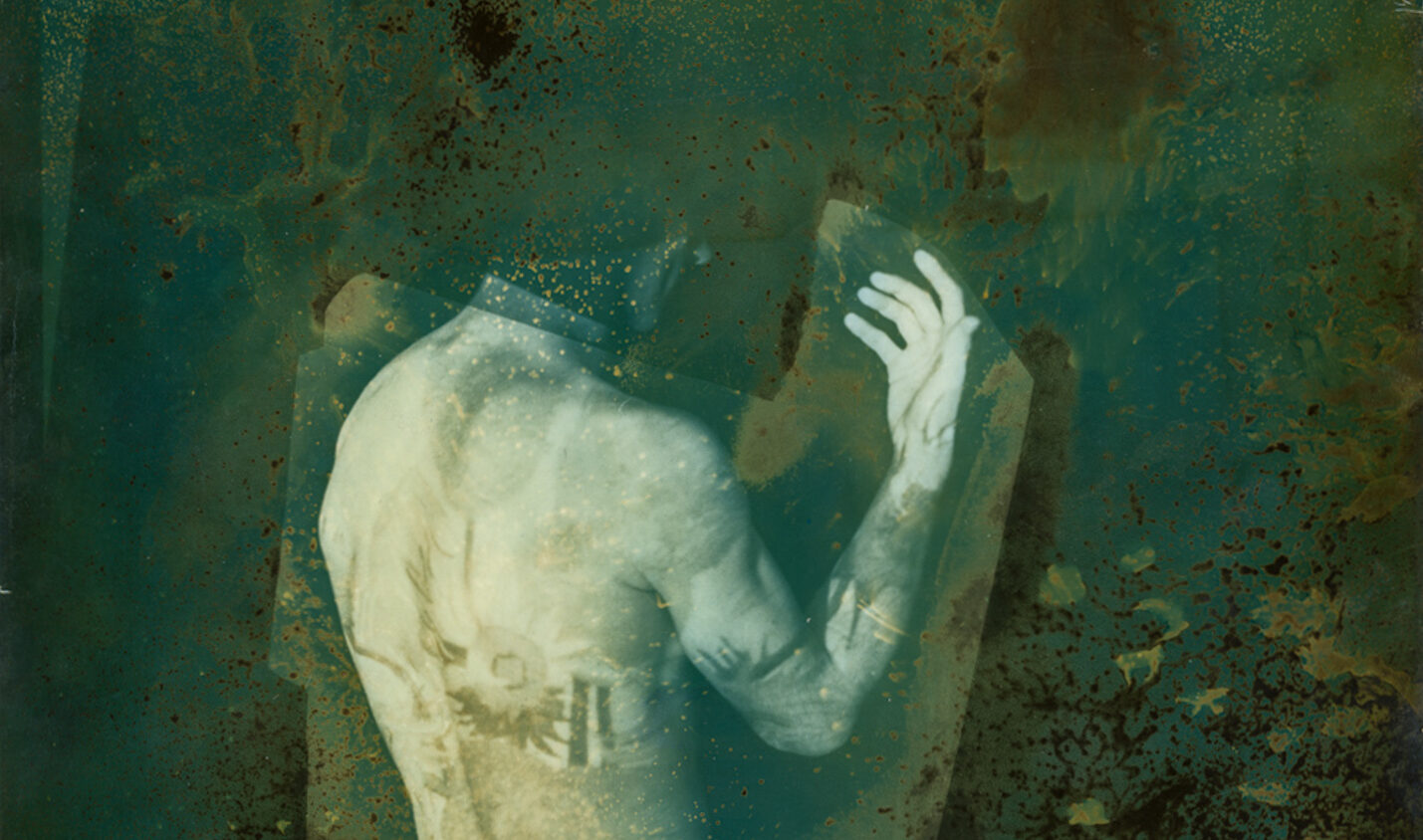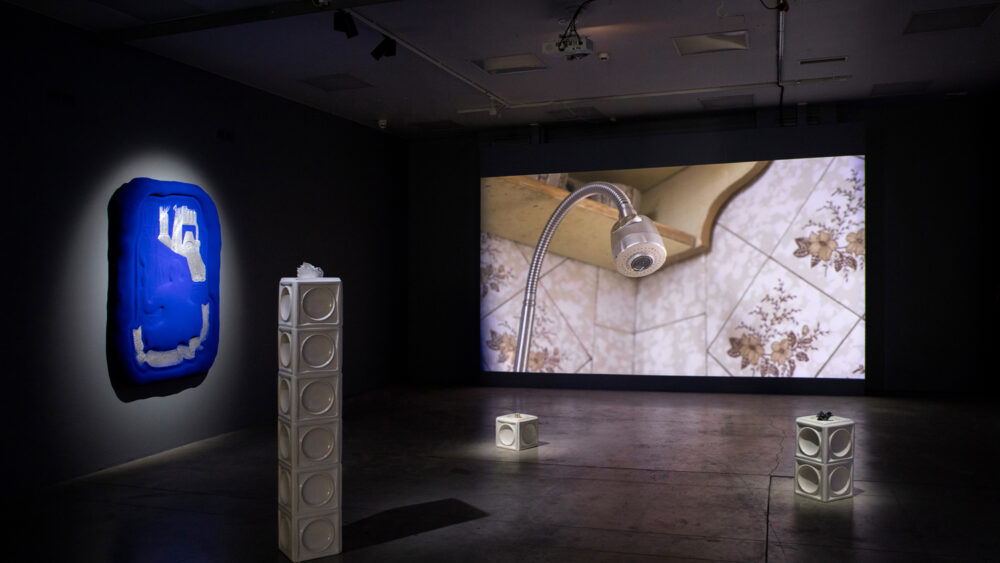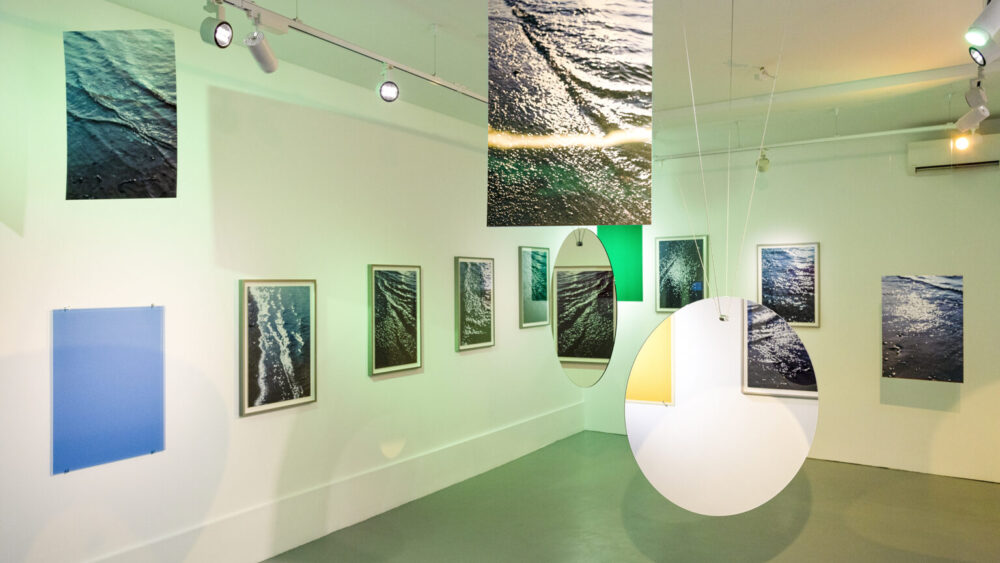10 minutes with Are Tralla
Tartu, designated as the European Capital of Culture for 2024, presents an extensive array of events, among which is the exhibition The Body Remembers by photographer Are Tralla. This exhibition is currently on display at the Tartu Pallas Gallery from February 15th to March 16th. Tralla’s work draws from his forgotten and recently rediscovered archive dating back to the 1990s, a period marked by significant political and cultural transformations. The showcased photographs were made with a 30-year time shift. Body, mind, politics, love and absurdity are contrasted through projection and production. The pictures explore the influence from the Soviet era, modern madness and spiritual oppression through the perspective of a man. The artist wants to give bodies a chance to talk about politics, depression, love and absurdity, and direct society’s attention to the development of the spirit, mental health and behavior of post-socialist men.
Are Tralla (1968) is a photo artist, media graphic designer and lecturer working in Tartu, Estonia. Worked since 1995 at Tartu Art School and Pallas University of Applied Sciences as the Head of the Computer Graphics (later Media Art) department and lecturer in the Media and Photography departments. The Body Remembers marks Tralla’s sixth solo exhibition.
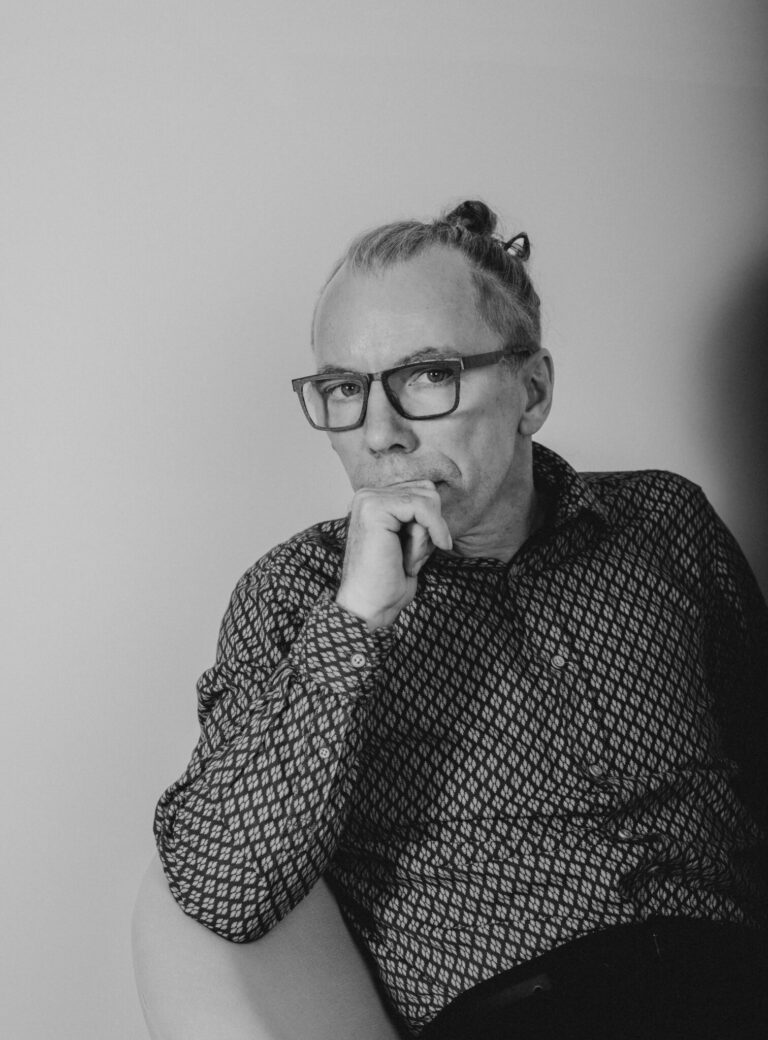
Could you provide more information about the time period when the photographs were taken? Additionally, what emotions were present during the process?
It is interesting that in the project The Body Remembers, there is a time difference of 30 years, and I find myself, in a sense, back in a similar state. This can be said about the political situation as well as my personal condition, which has been supplemented by a large amount of life experience.
Speaking of the political situation, the pressure of Russian autocracy and violence creates mental tension that we remember and carry within ourselves from the Soviet era. I remember my grandmother’s words: ‘the main thing is that war does not come.’ As a child, I could not clearly perceive the meaning of this sentence; it became clearer in the Soviet army. Today, observing what is happening in Ukraine, my grandmother’s words have taken on an even greater meaning. These are huge fears that the previous generation understood very well, carried within themselves, and unwittingly shared — shared by not being able to channel these fears and keep them away from everyday life and raising children. This is how a generation grew up, where men grounded themselves with alcohol, hoping to hide depression and suppress self-realization.
Unfortunately, it involves a lot of incomprehensible communication and thoughtless behavior. If we look at the statistics, the number of male suicides in Estonia is still one of the highest in Europe.
Looking at myself 30 years ago and comparing it to today, I feel a certain turning point in myself, just when a certain period is over, and a new one is about to begin. I have started to deal with self-expression more seriously after a long time. It is amazing that love is the initial impetus that has given momentum to a new movement on the creative path.
In 1992-1993, while taking photos of nudes, the young man had questions: what will become of me, how will I manage in life, what bothers me, my inability to love? In 2023, life experience has added a lot of detail, skill, and new love. At the same time, questions have arisen again: what will become of me, how will I manage in life, what is bothering me? So there are many emotions, some extremely positive, and others that people would need to get rid of — let go of the war and fears that lead us to reckless behavior.
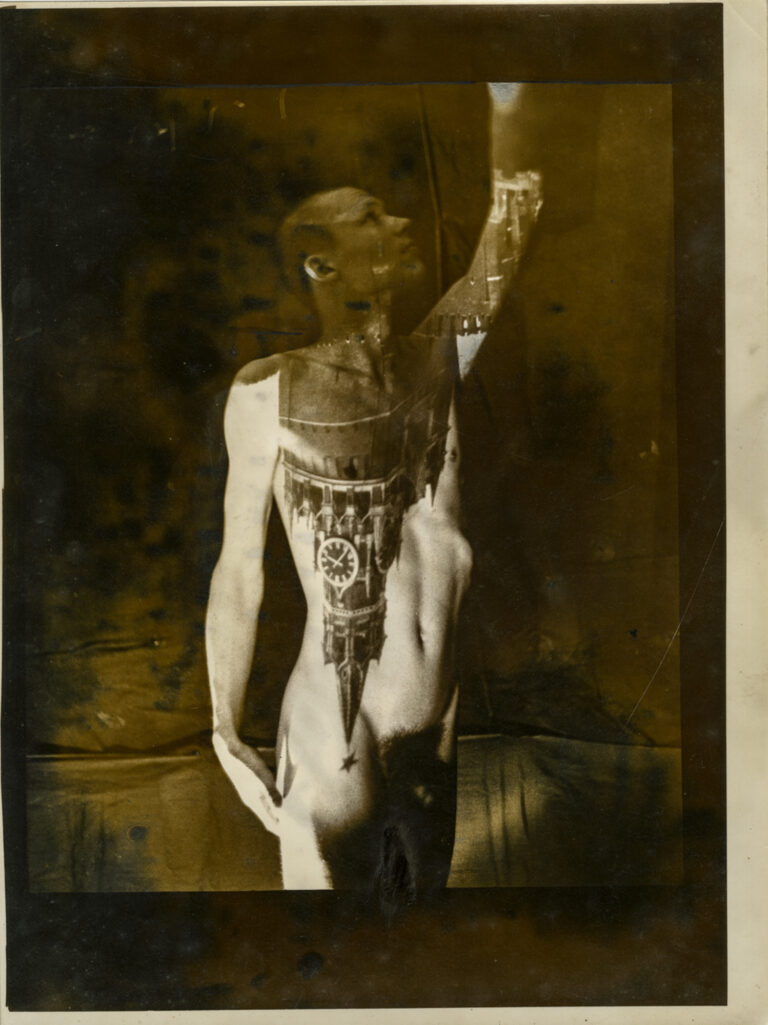
The use of projections in photography is quite common nowadays, but what about in the 1990s? How did you come up with this technique?
In the 1990s, the use of projection was significantly more difficult and was employed sparingly. Double exposure and collage were more relevant during that time.
The idea of using projection originated from double exposure. Technically, it was possible to use slides or negatives with a slide projector. However, the light power of the projectors was low, and the photos had to be taken in the dark. This meant that when shooting on film, a longer shutter speed had to be used, and the model had to remain motionless.
How do you perceive the relationship between art and politics?
They are closely intertwined, they are like Swan, pike and cancer from Ivan Krylov’s fables. Art endeavors to influence politics, guiding it toward a healthier society and fostering better understanding. Unfortunately, politics often disregards the role of art, pushing it more forcefully into the realm of protest. At its worst, politics exerts dominance, compelling art to remain silent or turning it into its own tool.
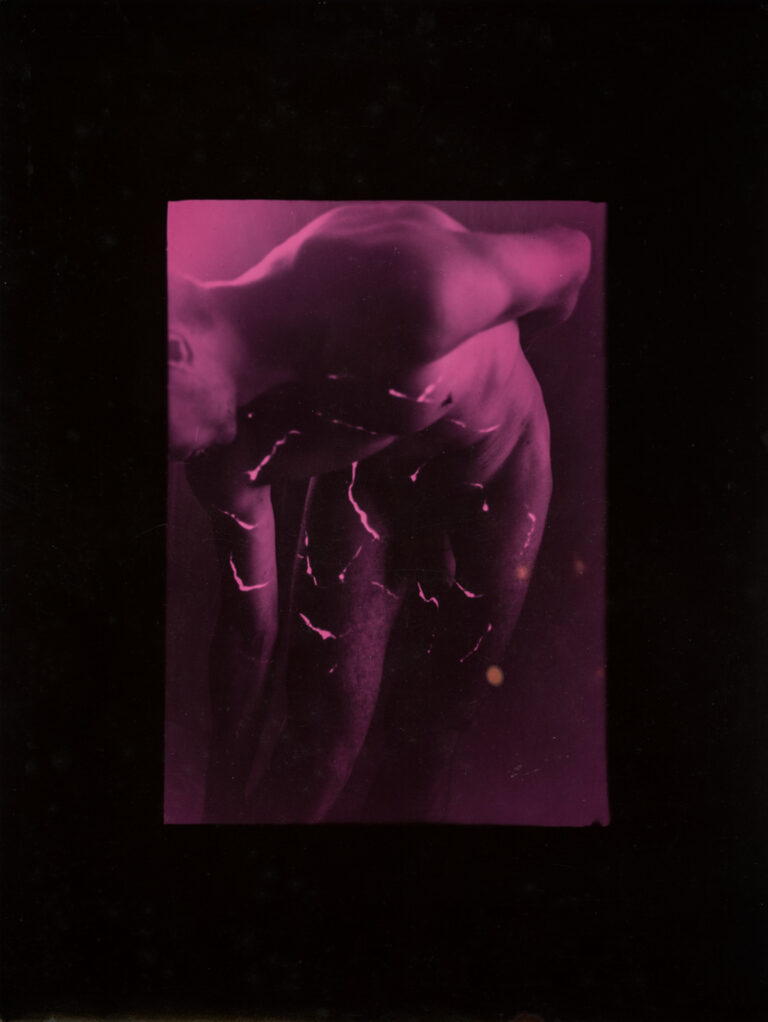
What role does photography play in your life?
Generally speaking, photography is a way of life for me. I can’t recall a time without photography, even though there was a period in my life when I didn’t pursue it very closely.
My first camera entered my life when I was 12 years old. Financially, photography has never accounted for more than 50% of my livelihood. In some years, I simply enjoyed capturing nature to enhance my well-being and relieve depression.
However, there is one quality, flaw or peculiarity that I perceive in myself: that I look at myself forgetfully, sometimes it seems to me that this is annoying and repulsive to other people (if they are people).

Is there a photography project or artist from the Baltic States whose artistic work you follow? What has surprised you lately?
The 1990s were very inspiring for DeStudio. I particularly follow Estonian photographers such as Peter Laurits, Heikki Leis, Kaupo Kikas, and others. However, I feel I could expand my interest to cover the entire Baltic region. Among my recent favorites, I would highlight Alissa Šnaider.
What projects are you currently working on, and what are your future creative plans?
I am committed to continuing with men and mental health. It’s a topic that needs to be talked about. While we don’t yet know how everything will unfold, the The Body Remembers project has infused me with significant creative power. Some ideas have only reached the conceptual stage. Working on the project has taken me to another level.
